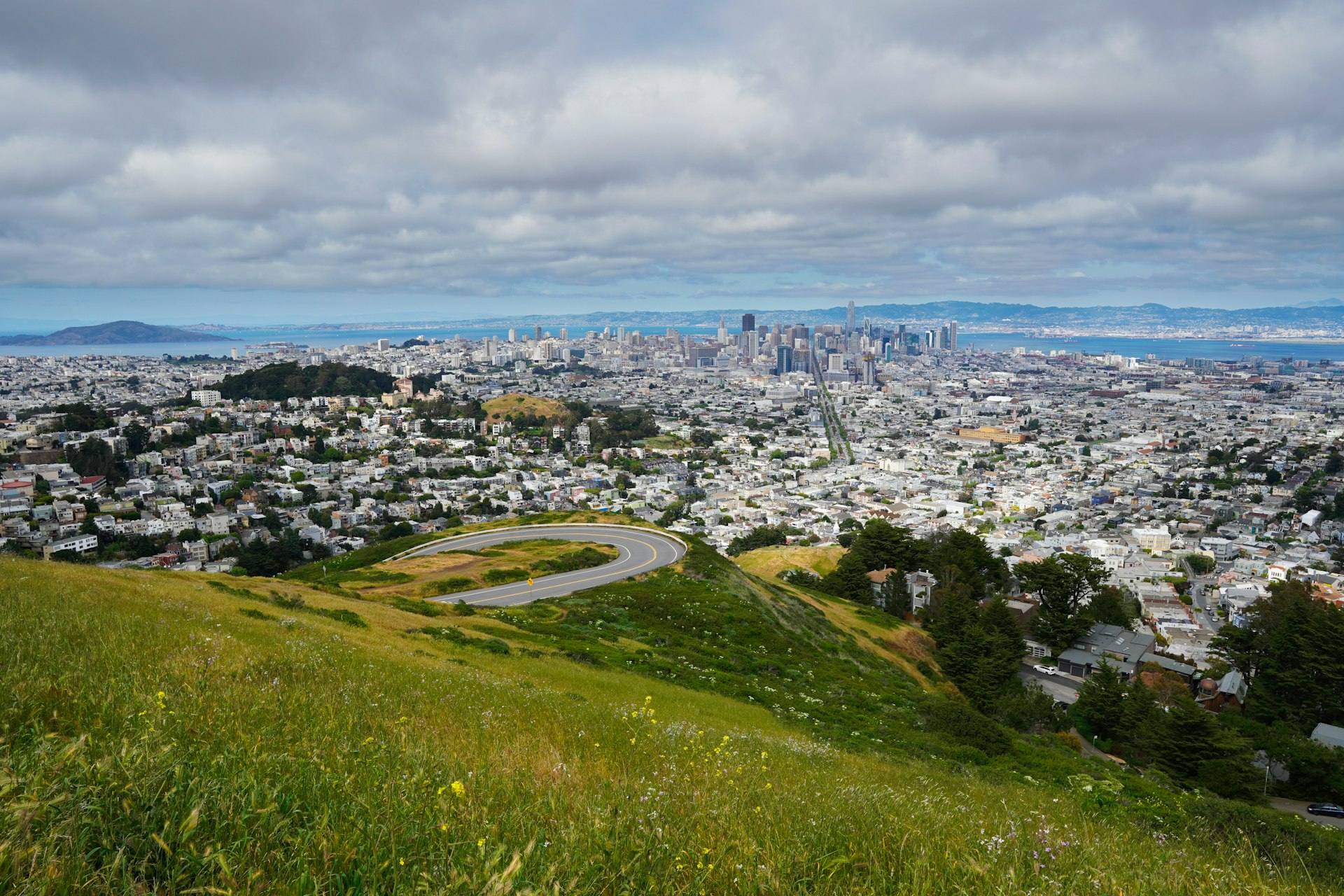Explore the World’s Most Cycling-Friendly Travel Cities: Your Guide to Biking Adventures

Photo by Hassan Anayi on Unsplash
Introduction: Why Choose Cycling-Friendly Cities for Your Next Trip?
Traveling by bicycle is more than a mode of transport-it’s a gateway to immersive experiences, sustainable tourism, and healthy living. Cycling-friendly cities worldwide have invested heavily in infrastructure, culture, and services that make biking not only convenient, but a defining part of local life. Whether you’re planning a city break or an extended cycling holiday, knowing where to go and how to access local opportunities is crucial for a successful journey.
What Makes a City Cycling-Friendly?
A truly cycling-friendly city combines several key features: extensive networks of dedicated bike lanes, comprehensive bike-share programs, safe traffic conditions, and a widespread cycling culture. These cities often reallocate space for bicycles, enforce safe speeds, and create seamless connections between neighborhoods and attractions. According to People For Bikes , their annual rankings consider these attributes to create authoritative lists of top bike cities in the US [1] .
Top Cycling-Friendly Cities Around the World
Amsterdam, Netherlands
Renowned for its flat terrain and picturesque canals, Amsterdam stands as a global icon of cycling culture. Over 500 dedicated bike paths make it easy to reach tourist destinations, parks like Vondelpark, and even neighboring towns via train and bike combinations. Locals rely on bikes for daily commutes, and visitors can rent bikes from numerous shops throughout the city. For those seeking quieter routes, the nearby Utrecht and Texel Island offer additional cycling adventures [2] .
Copenhagen, Denmark
Copenhagen consistently tops international rankings, boasting 546 kilometers of bike paths and a culture where over 62% of residents cycle to work. Investments exceeding $200 million have created separated cycling infrastructure, including cycle superhighways spanning more than 850 kilometers. This makes cycling safe and efficient for residents and tourists alike. The city’s comprehensive bike infrastructure ensures that visitors can easily access major attractions without the need for a car. For more, consult the PTV Blog [3] .
Utrecht, Netherlands
Utrecht, just southeast of Amsterdam, is another Dutch city with an impressive array of bike trails and innovative infrastructure. The city’s commitment to cycling is evident in its extensive bike parking facilities and well-marked lanes, making it a top choice for cycling enthusiasts [3] .

Photo by Nhi Dam on Unsplash
Portland, Oregon (USA)
Portland is often recognized as the most bike-friendly city in the US, with several hundred miles of bike lanes and a robust bike-share system. The city encourages cycling through protected bike lanes, safe intersection design, and community events. Travelers can easily rent bikes and join guided city tours to explore local neighborhoods and parks [4] .
San Francisco, California (USA)
Despite its hilly landscape, San Francisco has become a leader in cycling infrastructure, offering nearly 31 miles of protected bike lanes. The city’s compact size and scenic routes, such as rides through Golden Gate Park, make it a favorite for cycling tourists. Bike-share stations and rental shops are widely available [2] .
Additional Notable Cities
Other cities recognized for their cycling friendliness include:
- Minneapolis, Minnesota (USA)
- Seattle, Washington (USA)
- Boston, Massachusetts (USA)
- Paris, France
- Bogotá, Colombia
Each offers unique cycling experiences, from urban commuting to scenic countryside rides [3] .
How to Access Bike-Friendly Services and Opportunities
Visitors can access cycling opportunities in these cities through a variety of avenues:
- Rent bikes from authorized local shops or city-wide bike-share programs. In Amsterdam, Copenhagen, and Portland, bike rentals are abundant and easily accessible.
- Download local transit and bike-sharing apps to locate available bikes and plan your routes.
- Check with official tourism offices for maps, guided tour options, and cycling event calendars.
- Consult official city websites or People For Bikes’ annual rankings for up-to-date infrastructure details and recommendations. For US cities, you can find rankings and resources at Momentum Biking [1] .
If you are looking for guided tours, many cities offer locally operated cycling tours booked through established tourism providers, such as Explore Worldwide [4] .
Practical Steps for Planning Your Cycling Adventure
To plan an effective cycling trip, follow these steps:
- Research the city’s cycling infrastructure, bike rental options, and local cycling regulations. Use the city’s official tourism website or consult People For Bikes rankings [1] .
- Book accommodations near major bike routes or city centers for easy access to cycling paths.
- Pack appropriately: bring a helmet, weather-appropriate clothing, and basic repair tools. Most rental providers include safety gear, but it’s best to confirm in advance.
- Plan your route using online maps or printed guides available at local shops or visitor centers.
- Consider joining a guided city bike tour for insider knowledge and historical context [4] .
- Familiarize yourself with local traffic laws and etiquette; for example, in Amsterdam and Copenhagen, cyclists have right-of-way in many situations.
For more information, you can contact local tourism offices or search for bike-friendly services using terms like “bike rental,” “city bike tours,” and “cycling infrastructure” paired with your destination city.
Challenges and Solutions for Cyclists
Cycling in a new city can present challenges such as navigation, safety, and unfamiliar regulations. Solutions include:
- Using GPS-enabled apps for route planning and navigation.
- Consulting local cycling groups or forums for advice and real-time updates.
- Starting with well-marked, high-traffic routes if you’re new to urban cycling.
- Joining organized tours for added safety and local insight.
Alternative approaches include exploring smaller, less crowded cities or opting for countryside routes that offer a more relaxed experience. Many cities also offer electric bike rentals, making it easier to tackle hilly terrain or longer distances.
Key Takeaways
The world’s most cycling-friendly cities blend infrastructure, culture, and services to create welcoming environments for cyclists of all skill levels. From Amsterdam’s canal-lined streets to Portland’s urban trails, these destinations offer accessible, enjoyable cycling experiences and practical resources for visitors. To maximize your trip, plan ahead, consult verified resources, and leverage local expertise. For comprehensive rankings and infrastructure details, visit Momentum Biking [1] and your chosen city’s official tourism site.



